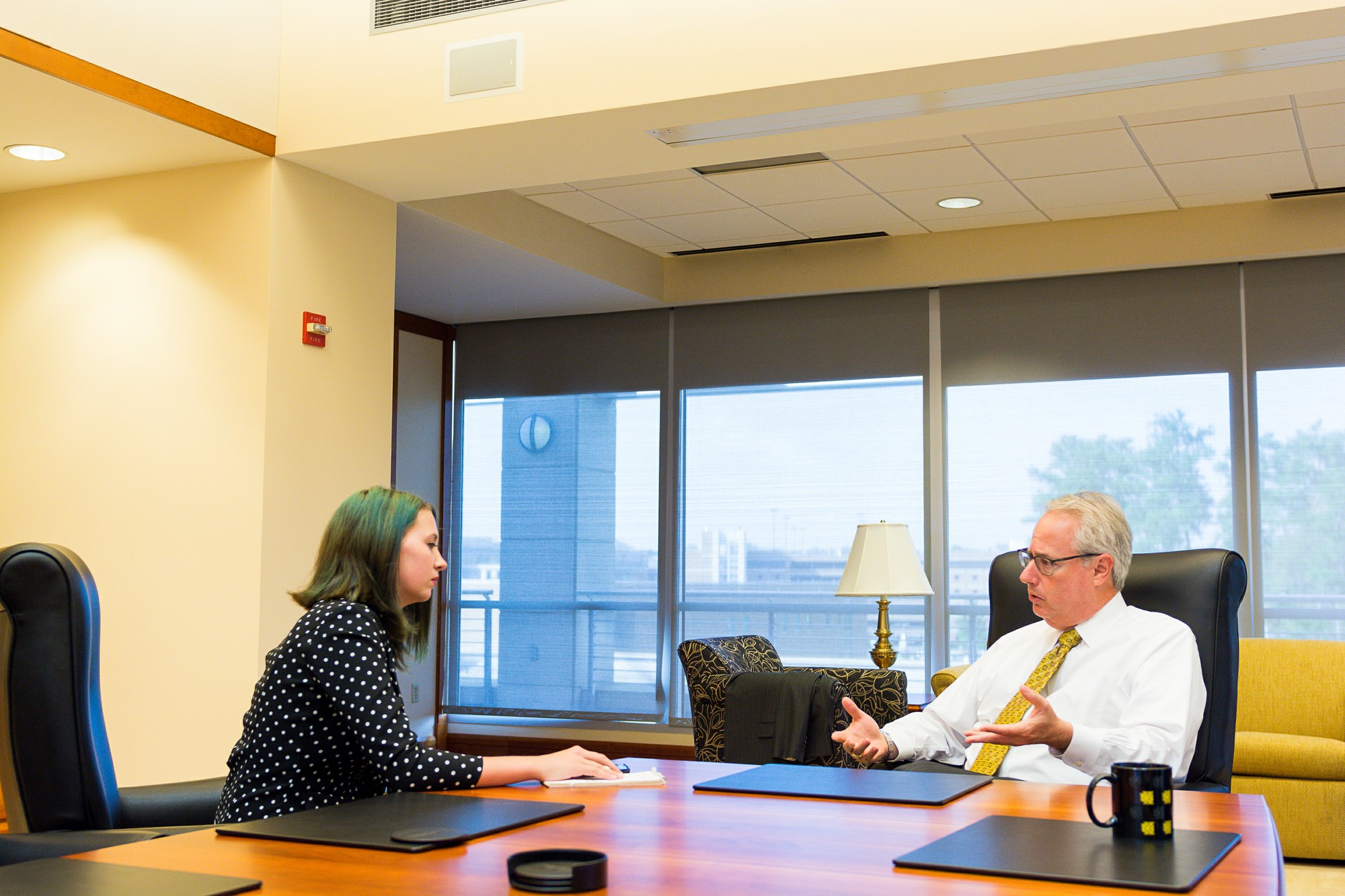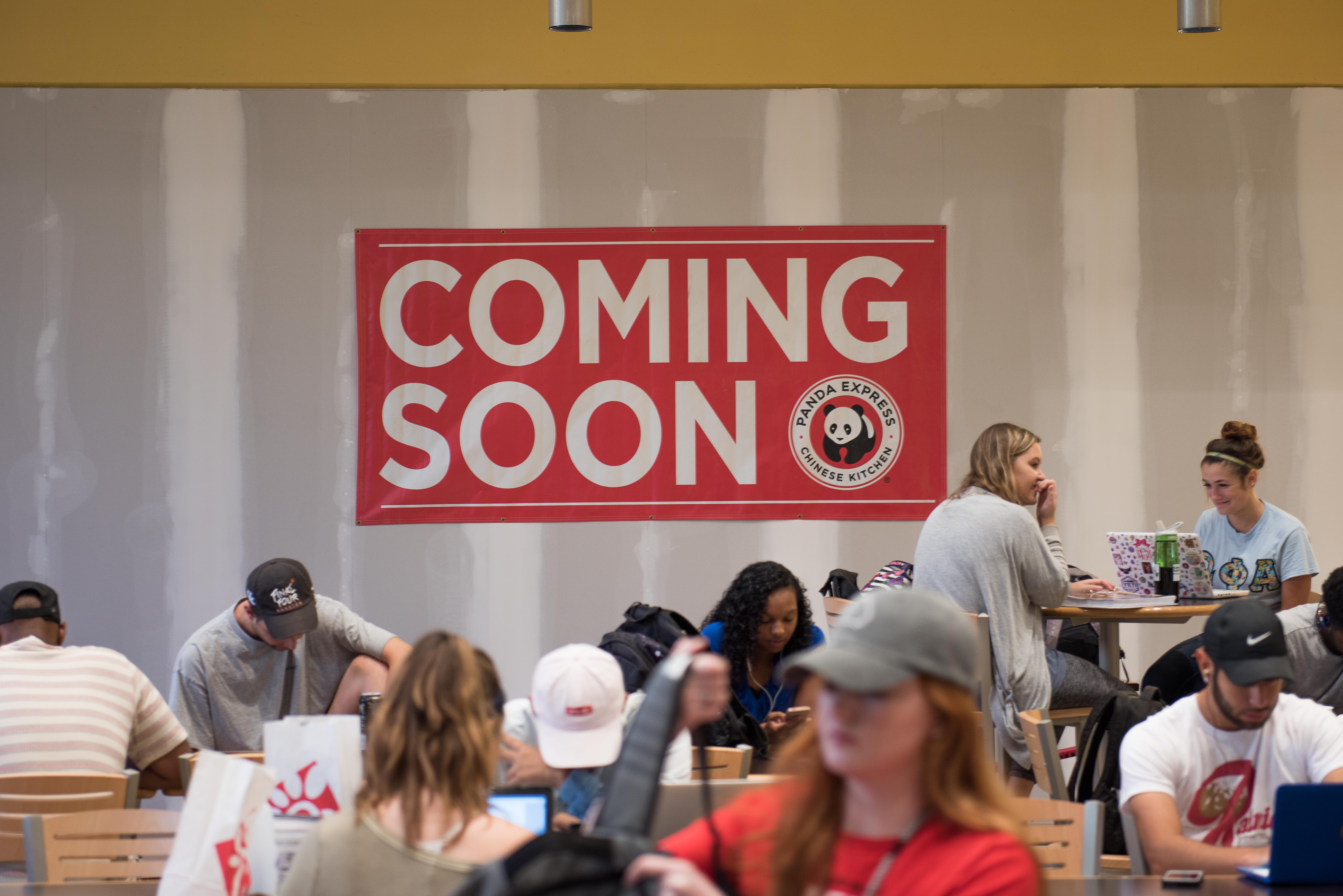By Ciara Hodges, Contributor
The Department of Museums, Archives, and Rare Books presented a panel discussion about the HIV/AIDS epidemic in Kennesaw as well as the surrounding areas Wednesday, Oct. 21. The panelists included three Kennesaw State University professors, Barbara Blake, Carol Holtz and Richard Sowell.
The event started out with an introduction from Katy Malone, who is the Outreach and Education Coordinator, for the Zuckerman Museum of Art. She told the audience that MARB was created for two reasons; “to tell the stories of the LGBTQI community and be a platform to showcase artwork.”
After Malone’s introduction, a video was shown that told the chronological order of the HIV/AIDS epidemic in the United States of America over the last 30 years. The video made it clear that HIV/AIDS was no longer a “gay white man’s” disease, it affected every demographic. Black or white. Gay or Straight. Rich or Poor. Man or Woman.
Carol Holtz, Professor of Nursing at KSU, started off giving lectures about infectious diseases during her first year of teaching in 1983. “I think the stigma is still there,” Holtz said. “No matter how much the treatment has improved.”
Barbara Blake, Professor of Nursing at Kennesaw State University, took care of her first HIV/AIDS patient in 1983 at a hospital in Florida. She remembered walking onto the floor and seeing all of the HIV/AIDS patients being housed in the isolation rooms that were formerly used for tuberculosis(TB) patients.
“I think AIDS picked me. It followed me,” said Richard Sowell, Professor of Nursing at KSU and the former Dean of the WellStar College of Health and Human Services. Sowell started his practice in 1982 at Grady Hospital in the ICU.
Each panelist painted a picture of how they cared for HIV/AIDS patients and how each death affected them. “It’s very frustrating because you know they (patients) are going to die,” said Blake. They explained the stigma of the disease. Everyone had a misconception of HIV/AIDS being a “Gay White Man’s Disease,” however many women and heterosexuals contracted the disease. The professors urged the audience to educate themselves as well as to practice safe sex.
“The panel was very educational,” Niko Baranco, a freshman majoring in modern language and culture, said. “I will continue to practice safe sex and educate my loved ones.”
“I want the students to see the Zuckerman Museum of Art as an interdisciplinary focus,” said Malone.This event is a part of a campus-wide effort to educate people about HIV/AIDS and will be back for more in spring of 2016.



